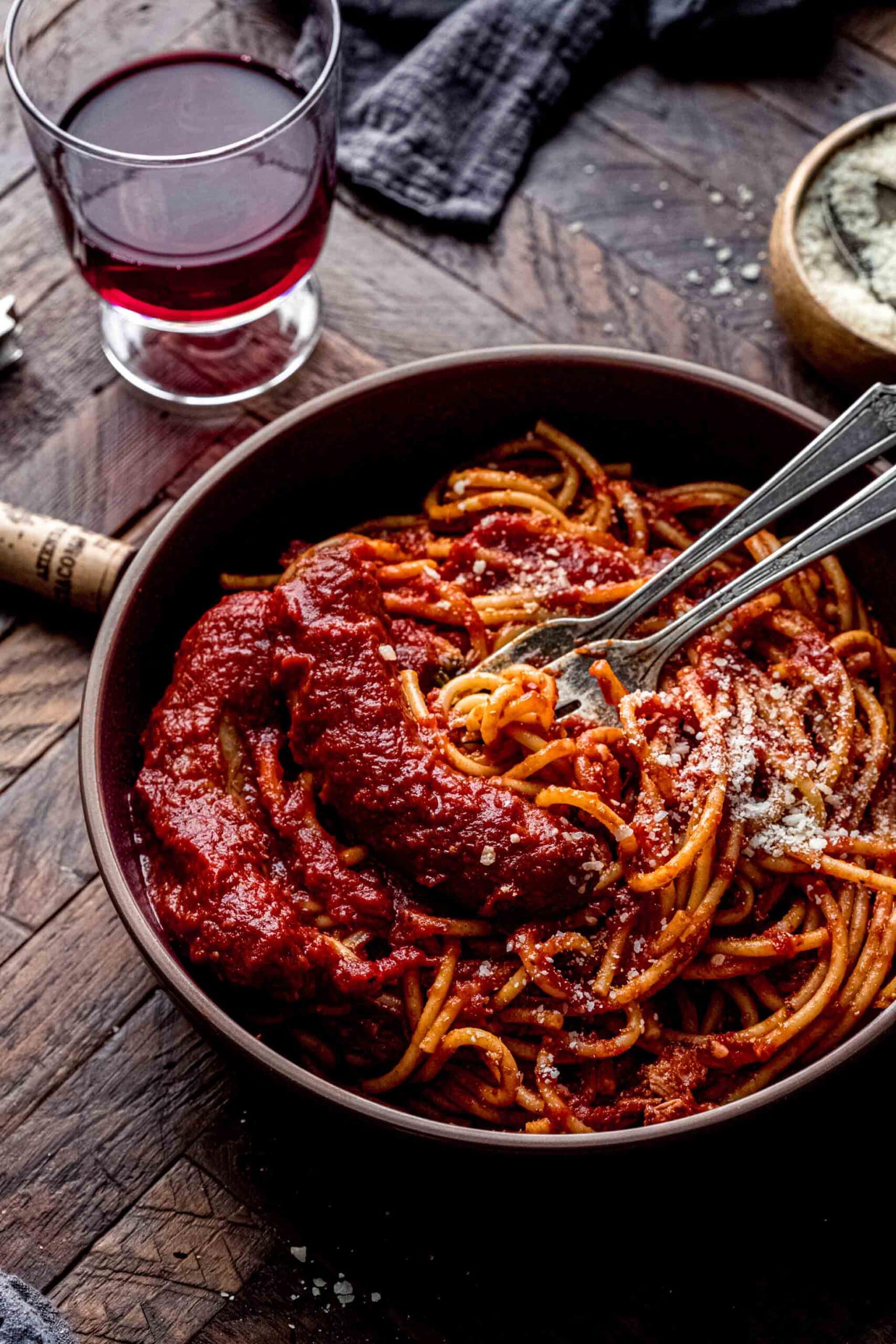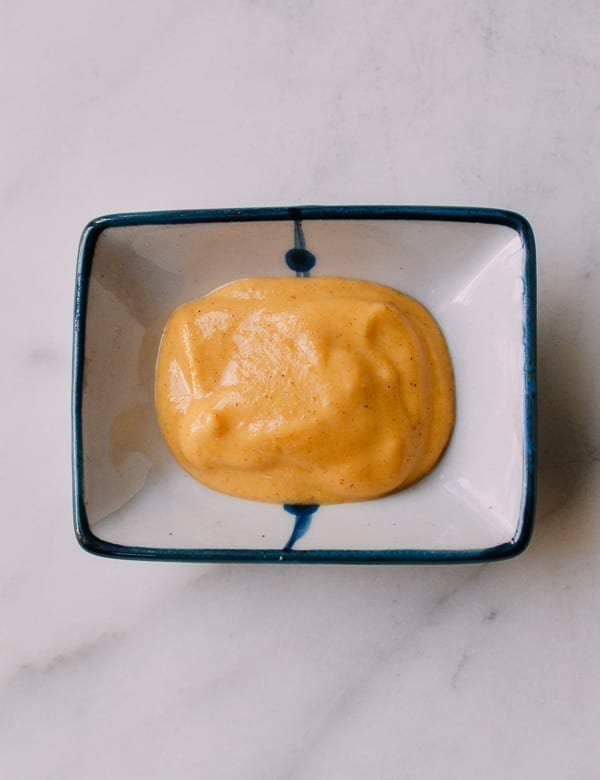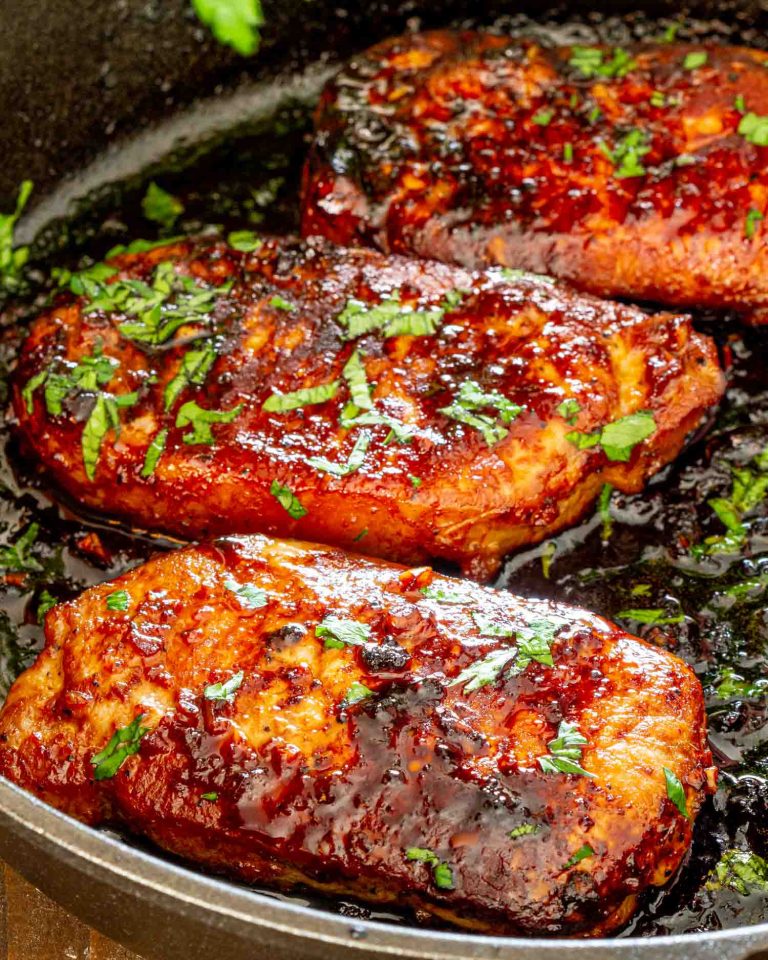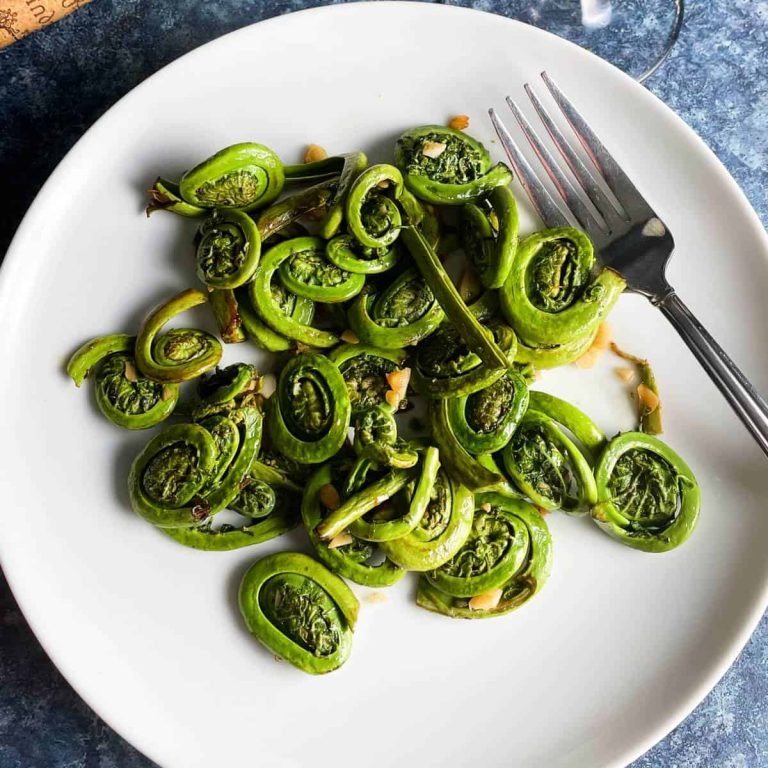Sicilian Spaghetti Recipes with Authentic Ingredients and Wine Pairings
Sicilian cuisine, renowned for its diverse influences, results from centuries of cultural interactions. Greeks introduced wine and olives around 8th century BC, shaping the island’s agricultural landscape. Romans followed, bringing wheat cultivation. Arab effect, evident from the 9th to 11th centuries, introduced sugar, citrus, and spices. Normans and Spaniards also contributed, integrating their ingredients like tomatoes in the 16th century. These eclectic influences created a unique culinary heritage.
Evolution of Sicilian Pasta Dishes
The evolution of Sicilian pasta dishes showcases the island’s adaptability and innovation. By the 12th century, Arabs introduced dried pasta, which was ideal for the island’s climate. This innovation revolutionized local cuisine. Sicilian pasta dishes, such as “pasta alla Norma” (featuring eggplant and ricotta salata) and “pasta con le sarde” (using fresh sardines, fennel, and pine nuts), highlight native ingredients while showcasing the island’s culinary diversity.
Throughout history, Sicilian spaghetti evolved to embody the rich tapestry of Sicilian culture, combining local ingredients with international influences.
Key Ingredients in Sicilian Spaghetti
Importance of Fresh Produce
Fresh produce forms the backbone of Sicilian spaghetti. Tomatoes, garlic, and onions not only add vibrant colors but also enhance the flavor profile. You can source tomatoes locally for the freshest taste, opt for vine-ripened ones, and ensure they are deep red. High-quality olive oil, a staple in Sicilian cuisine, should be extra virgin and cold-pressed. Fresh basil and parsley provide aromatic elements and elevate the dish’s complexity.
Typical Spices and Herbs Used
Spices and herbs play a crucial role in Sicilian spaghetti. Oregano and basil, typical in many Sicilian recipes, impart a distinct Mediterranean essence. Red pepper flakes add a mild heat, balancing the dish’s savory components. Use saffron and cinnamon sparingly if exploring traditional Sicilian variants like “pasta con le sarde.” Capers and olives, with their briny notes, add depth and contrast to the sweetness of tomatoes. Fresh mint, though less common, can refresh the palate when used in small quantities.
How to Make Traditional Sicilian Spaghetti
Step-by-Step Cooking Process
- Prepare Ingredients: Start by gathering fresh ingredients. Use ripe tomatoes, garlic cloves, one onion, high-quality olive oil, fresh basil, and parsley.
- Cook the Sauce: Heat olive oil in a large pan over medium heat. Add minced garlic and chopped onion, and sauté until they become translucent.
- Add Tomatoes: Add chopped fresh tomatoes to the pan. Cook for 10-15 minutes, allowing the tomatoes to break down and release their juices. Stir occasionally.
- Season: Add salt, pepper, and red pepper flakes to taste. You can also include oregano and a pinch of saffron for added depth.
- Simmer: Allow the sauce to simmer on low heat for another 15-20 minutes. Stir in freshly chopped basil and parsley towards the end of the cooking time.
- Cook Spaghetti: In a separate pot, bring salted water to a boil. Cook the spaghetti according to the package instructions until al dente.
- Combine and Serve: Drain the spaghetti and add it to the sauce. Toss to coat the pasta evenly. Plate and garnish with a sprig of basil or a sprinkle of freshly grated Pecorino cheese.
- Pasta alla Norma: Includes fried eggplant slices and ricotta salata. Originates from Catania.
- Pasta con le Sarde: Features sardines, wild fennel, raisins, pine nuts, and often saffron. Common in Palermo.
- Spaghetti alla Carrettiera: Uses garlic, fresh tomatoes, hot pepper, and basil. Often seen in Trapani with the addition of breadcrumbs.
- Pasta all’Eoliana: Combines capers, olives, fresh mint, and cherry tomatoes. This dish is influenced by the Aeolian Islands.
- Pasta alla Trapanese: A pesto-based variant with almonds, tomatoes, basil, and garlic. Unique to the Trapani region.
These variations highlight Sicily’s diverse culinary landscape. You can choose a style based on regional ingredients or personal taste preferences.
The Cultural Significance of Sicilian Spaghetti
Sicilian Spaghetti in Family Meals
Sicilian spaghetti holds a central place in family meals. Families come together around the dinner table, creating a shared experience through traditional recipes passed down through generations. Meals often start with a communal preparation, involving multiple family members. The sauce, crafted from fresh ingredients like tomatoes, garlic, and olive oil, symbolizes Sicily’s commitment to quality and tradition. Sharing a hearty plate of spaghetti strengthens familial bonds, reflecting the close-knit nature of Sicilian communities.
Spaghetti’s Role in Sicilian Festivities
In Sicilian festivities, spaghetti takes on a celebratory role. Festivals and holidays, such as the Feast of St. Joseph and Christmas Eve, frequently feature special pasta dishes. Pasta alla Norma, prepared with eggplant, and Spaghetti alle Vongole, featuring clams, make notable appearances during these celebrations. These dishes, including Spaghetti alle Vongole, highlight Sicily’s rich culinary heritage. During these events, spaghetti embodies joy and festivity, serving as a delicious reminder of the island’s abundant cultural and culinary traditions.
Pairing Sicilian Spaghetti with Other Dishes
Recommended Side Dishes
Enhance the experience of Sicilian spaghetti with complementary side dishes. Caprese salad, with fresh mozzarella, tomatoes, and basil, provides a refreshing contrast to the rich spaghetti sauce. Roasted vegetables like zucchini, bell peppers, and eggplant, seasoned with olive oil and herbs, align well with the Sicilian theme. Garlic bread, using rustic Italian bread brushed with garlic butter, offers a satisfying crunch. Arancini, fried rice balls stuffed with cheese or meat, add a delightful appetizer.
Wine Pairings for Sicilian Spaghetti
Select wines that elevate the flavors of Sicilian spaghetti. Try a light-bodied white wine like Grillo, which complements tomato-based sauces with its citrus notes. For red wine lovers, Nero d’Avola, with its bold flavor and spicy undertones, pairs well with hearty ingredients like capers and sardines. Frappato, a lighter red wine, works perfectly with dishes featuring eggplant or almonds. Ensure wines enhance rather than overpower the spaghetti’s delicate flavors.
Conclusion
Sicilian spaghetti is more than just a meal; it’s a celebration of tradition and flavor. By embracing fresh ingredients and exploring regional variations, you can bring the essence of Sicily to your table. Pairing your dish with complementary sides and wines ensures a well-rounded dining experience. So the next time you’re in the mood for something special, consider making Sicilian spaghetti and savor the rich culinary heritage it offers.





